These scrolls consist of 152 rolls of burnt papyri found in the old Byzantine church in Petra. At first archeologists were very pessimistic about the Petra Scrolls. They were deep black, fragile, and embedded in burnt debris. Some of them were single rolls, while others were baked together in flat cakes. Since the papyri were rolled with the writing on the inside, the archeologists could see a few pieces of papyri with the ink still intact. From this writing, they could date the Petra Scrolls to the sixth century.
Fortunately, a protective crust had formed when the outer windings of the rolls were baked together with the surrounding debris, preserving their shape even when they were broken into fragments. After the fire, they were buried under tons of stone, debris, and sand until their discovery.
Of the rolls excavated by the American Center of Oriental Research, 23 yielded partially continuous text segments and another 19 provided fragments with substantial information. The archive contains documents from 528 AD until the reign of Tiberius Mauricius (582-602 AD.)
Two teams, one from Finland, and one from the United States worked on the scrolls. The burnt papyri demonstrated that Petra was not completely destroyed by an earthquake in 551 as previously thought. In contrast, the papyri and subsequent archaeological evidence create a picture of Petra as a viable city throughout the sixth and into the seventh century.
Most of the papyrus rolls deal with important property matters: sales, testamentary bequests, dowries, or divisions of property. The various transactions concern vineyards, sown land, orchards, apartments, and stables. As a result the scrolls open a window for us into the world of well-to-do landowners, church officials, soldiers and other officers.
Of particular interest are two donations after death. A dying man assembled his friends and named two curators for his estate. They were ordered to take care of the lifetime needs of his mother; after her death, the remainder was to be donated to the “house of Aaron” and a church-run hospice or hospital. The “house of Aaron” might be related to a Byzantine monastery on top of Mount Haroun, the towering mountain overlooking Petra.
The papyri also have much to say about agriculture and architecture in Petra. The scrolls confirm that wine, wheat, and fruits from orchards were the characteristic products of ancient desert agriculture. In general, land around Petra was measured in Roman iugera.
From tax records, it appears that in many cases Hebrew fluid measures were used to determine the size of fields. They measured a field by the amount of seed needed to sow it. This makes sense when local conditions did not allow farmers to sow the entire area regularly. This easily occurs in desert agriculture when the amount of rain or other water changes from one year to the next or when rocks and migrating stones and sand render part of the area infertile.
In terms of architecture, the text describes Petra as a city of irregular structures with additions wherever there was space, often on the roof. All houses had an internal yard around which the rooms, apartments, and stables were arranged. Other common features were a portico, a watchtower, staircases, inside yards and balconies. Cisterns and orchards also were mentioned.
In one instance, a dung heap stood next to a bedroom. The density of the habitation must have made living difficult. Therefore, it was essential to define the rights of persons in every detail. Much of the legal phraseology is standardized, as in modern contracts; and most of it is well known from Egyptian legal documents as well as the Nabataean papyri from the Cave of Letters. These have just been published and are now shedding more light on Nabataean culture as well as expanding known Nabataean vocabulary.
Also see these two films in the Nabataea Cinema:



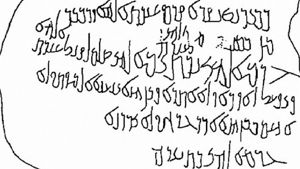
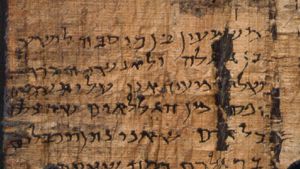
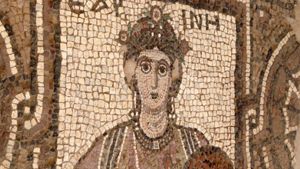

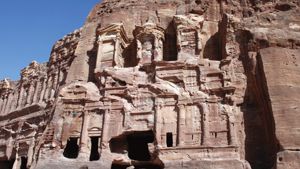
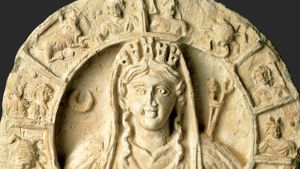
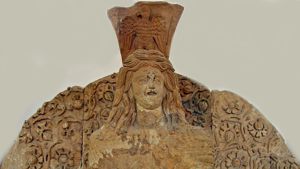
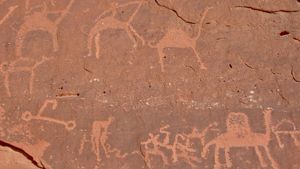
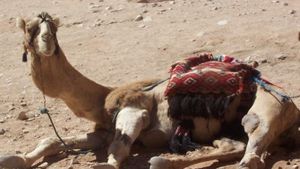
Page Discussion
Membership is required to comment. Membership is free of charge and available to everyone over the age of 16. Just click SignUp, or make a comment below. You will need a user name and a password. The system will automatically send a code to your email address. It should arrive in a few minutes. Enter the code, and you are finished.
Members who post adverts or use inappropriate language or make disrespectful comments will have their membership removed and be barred from the site. By becoming a member you agree to our Terms of Use and our Privacy, Cookies & Ad Policies. Remember that we will never, under any circumstances, sell or give your email address or private information to anyone unless required by law. Please keep your comments on topic. Thanks!